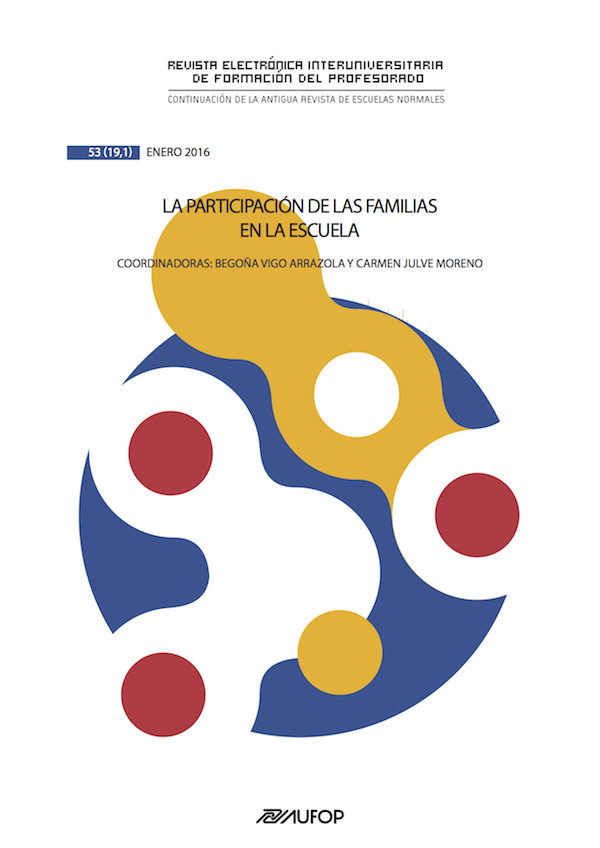Intercultural Mediation as a strategy to facilitate relations between the School and Immigrant Families
Resumen
The contribution focuses on the role of intercultural mediator as a facilitator of relationships between the school and immigrant families.
The perspective of interculturalism in schools represents the political and educational response to the challenges of the multicultural society. In this task, strategies of intercultural mediation have been adopted in the schools in order to develop links and promote effective relationships between people from different cultures.
In particular, an intercultural mediator (also called a ‘community interpreter’ or a ‘cultural linguistic’ or ‘cross-cultural mediator’ in certain contexts) is an operator in charge of facilitating communication between individuals, families, and community as part of measures to promote and facilitate the social inclusion of immigrants. As a mediator between immigrants and the society of reception, he/she promotes the removal of cultural and language barriers, the development of a culture of openness, inclusion and the advocacy of rights, and observance of the duties of citizenship. Moreover he/she facilitates the expression of immigrants’ needs on the one hand, and the characteristics, resources, and constraints of the welfare system on the other.
Finally some key results of quantitative research in Italy are presented with regard to biographical and professional experience of intercultural mediators active in the Italian school system.
Descargas
-
Resumen701
-
PDF 388
Los artículos que se publican en esta revista están sujetos a los siguientes términos:
1. El Departamento de Métodos de Investigación y Diagnóstico en Educación de la Universidad de Murcia (España), junto con el Servicio de Publicaciones de la Universitdad de Murcia (Editum) son los editores de la revista REIFOP y conserva los derechos patrimoniales (copyright) de los artículos publicados, permitiendo la reutilización de las mismos bajo la licencia de uso indicada en el punto 2.
2. Las obras se publican en la edición electrónica de la revista bajo una licencia Creative Commons Reconocimiento-NoComercial-SinObraDerivada 3.0 España (texto legal). Se pueden copiar, usar, difundir, transmitir y exponer públicamente, siempre que: i) se cite la autoría y la fuente original de su publicación (revista, editores y URL de la obra); ii) no se usen para fines comerciales; iii) se mencione la existencia y especificaciones de esta licencia de uso.
3. Condiciones de auto-archivo. Se permite y se anima a los autores a difundir electrónicamente las versiones pre-print (versión antes de ser evaluada) y/o post-print (versión evaluada y aceptada para su publicación) de sus obras antes de su publicación, ya que favorece su circulación y difusión más temprana y con ello un posible aumento en su citación y alcance entre la comunidad académica. Color RoMEO: verde.















